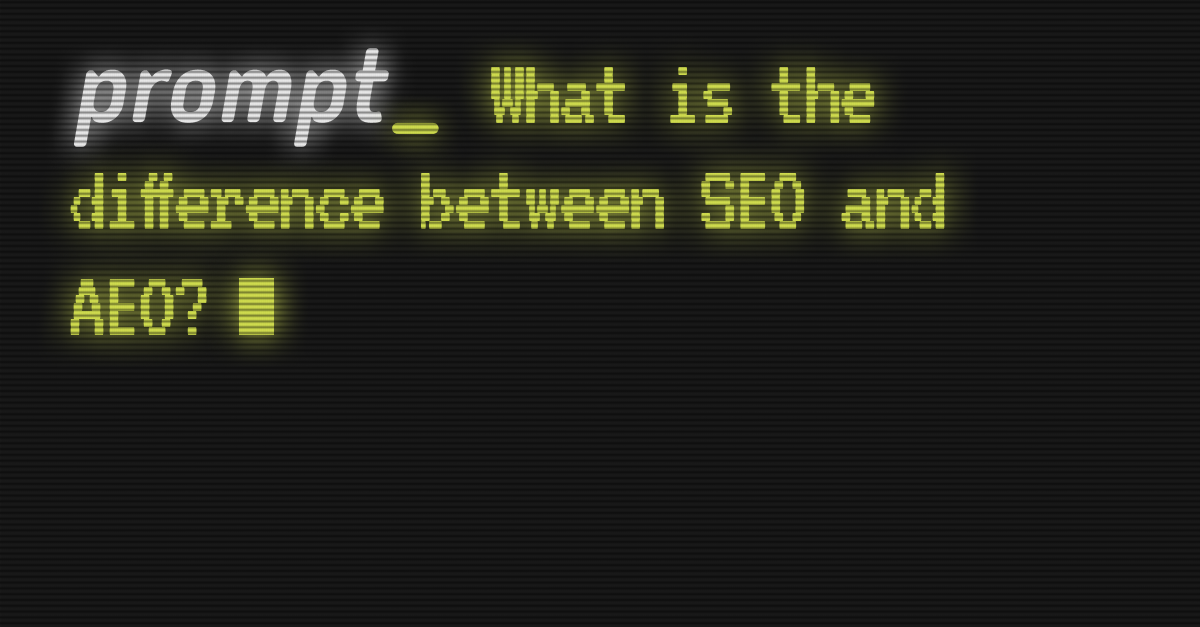Design Shapes Belief Before It Shapes Behavior

The people that think design is just about making things beautiful are missing the deeper game entirely. Every visual choice, pattern, and color decision is quietly rewiring how people think about your brand, and what they believe is possible. Visuals serve a special role in the human brain – they don't just reflect your competitive position; they actively construct it in the minds of everyone who encounters your work.
When strategy masquerades as aesthetics
I'm a designer so you'd assume that I see the world through a design lens. "When you're a hammer everything looks like a nail" so of course I'll always advise companies to spend months perfecting their visual expression, refining color gradients, obsessing over typography, and generally putting efforts toward delightful, rich user experiences. But when you examine competitive landscapes, these experiences often feel indistinguishable from their competitors: the same soothing blues in healthcare, the same minimalist layouts in fintech, and the same friendly rounded corners across consumer apps.
Don't be confused between aesthetic polish and strategic positioning. Design should not lead this process, your competitive position must. This isn't a party and we're not decorating digital screens; we're digging in to construct psychological territories that shape how people understand your company's value, trust, and possibility within your market category.
Consider how Netflix revolutionized streaming consumption not through superior server technology, but through interface psychology. Their auto-play feature emerged from careful observation of binge-watching behaviors. Every thumbnail personalization, every recommendation placement, every scroll interaction has been engineered to shape not just viewing habits, but beliefs about how entertainment discovery should work. And because this UI element and this behavior fit so strongly with Netflix's offering it became a hugely valuable part of their brand.
The companies that grasp this distinction don't just compete on features or pricing. They compete for cognitive real estate, establishing themselves as the interpretive framework through which customers understand entire industries.
From creative intuition to market archaeology
The design work we do at Prompt begins not with brainstorming sessions, but with systematic, forensic excavation of the elements of creative expression in your competitive space. It's detective work disguised as creativity, mapping which psychological territories competitors have claimed and, more importantly, identifying unexplored opportunities.
Often our clients are growing and exploring their brand expressions rather than starting out with a perfectly defined, robust definition of how things should look. They don't have a fraction of the budgets companies like Coke or Nike or HP have for branding, but we can arrive at results that are just as ownable by just by looking around the close competitive space and saying, oh, look, everybody's using red. Maybe that means you use something else. This represents a fundamental shift from designer-driven aesthetics to market-driven differentiation.
When Slack chose playful, emoji-rich interfaces in a category dominated by corporate gray, they weren't just being whimsical, they were constructing beliefs about workplace communication. Their visual language suggested that professional collaboration could be simultaneously serious and joyful, efficient and human-centered.
Is there a way to connect those things in some metaphoric way to what we offer? That's this inductive creative positioning idea. You're solving strategic puzzles about how to make your core differentiation immediately recognizable and emotionally resonant.
This requires treating every design decision as competitive intelligence rather than just creative expression. The goal isn't some kind of artistic self-actualization; it's strategic communication that positions your offering within the complex ecosystem of customer perception and competitor assumptions.
So the way to fix your busted graphic design system isn't just more graphic design – it's creative strategy.
Constructing reality through visual architecture
When design operates at this strategic level, it becomes more than decoration, it's world-building. Your visual choices don't just communicate features, they architect the cognitive frameworks through which people evaluate possibilities and make decisions. And all of this needs to directly connect to what your business does and what makes you different.
Apple didn't just start designing elegant products; they constructed an entire philosophy about technology's relationship to human experience. Their minimalist aesthetic doesn't just appear clean. It builds beliefs about simplicity, quality, and innovation that make premium positioning feel inevitable rather than expensive.
This is where transformative leverage exists. When your design successfully shapes beliefs at the foundational level, behavior follows organically. People don't need persuasion to choose you, if you can see things through their eyes and meet them halfway and let them see your brand in a way that suits the belief system they already imagine a leader like you has. Transactions occur at the level of identity and aspiration, supported by visual evidence that confirms their intuitive understanding of quality and value.
The responsibility that comes from this is profound. Design at this level isn't neutral craft, it's cultural conversation that shapes how people navigate evolving market spaces. We can't just create beautiful interfaces; we have to put effort into uncovering ways to help people make decisions within crowded, confusing niches while maintaining authentic organizational values and genuine human connection.
This is what I love to do and I do love to talk about it, set up a call and let's chat!
Having designed for brands and agencies for 20+ years (and winning a few awards in the process), Jason strives to create work that is strategic, engaging, and memorable. His clients have included Best Buy, Genentech, Levi's, Powermat, Starbucks, and Trulia. He is obsessed with rational design systems and balancing utility with aesthetics. He also slays on karaoke night.











